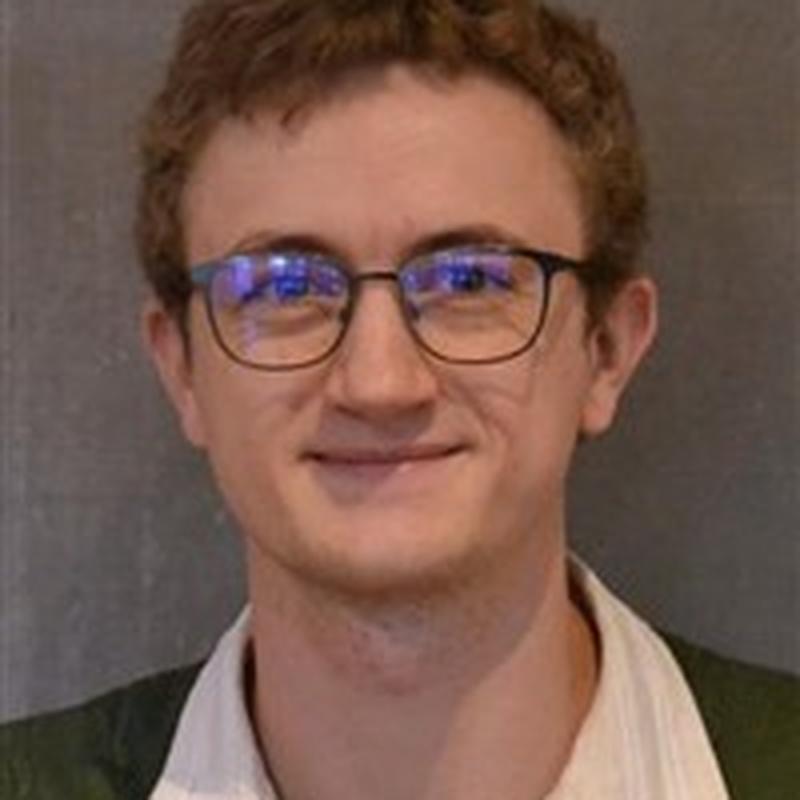
Niklas Gesmar Madsen
Abstract:
Enzymes lie at the centre of a biosustainable and circular bioeconomy, but nature’s catalysts have a recursive complexity to them, often hidden in their dynamics. With the advances of genomics, sequence data is readily used to model and improve enzyme function. Similarly, advances in structural biology and geometric deep learning spark structurally driven enzyme engineering. Yet, the lasting frontier is to understand and design enzyme dynamics (i.e., the temporal dance), which is tightly correlated with enzyme functions (turnover, allostery, selectivity). Designing enzyme function via dynamics is critical for a wide range of enzyme-based applications in biotechnology.
State-of-the-art computational methods have found graph-representations of dynamics that correlate strongly with the location of mutations found in directed evolution studies. But how do mutations affect enzyme dynamics and function?
The project addresses this central question in three stages: (1) elucidate the scaling laws of dynamic representations, characterising how and when they can be obtained efficiently, (2) train a geometric graph neural network to predict dynamic representations directly from a static structure, and (3) develop a graph intervention algorithm which can account for the effect of a mutation on the dynamic representation.
The aim is to develop a methodology that can modulate enzyme dynamics and thus control function including activity. The efficacy of the methods will be experimentally demonstrated on an enzyme-system, which is crucial for drug development and the biosynthesis of a wide range of natural products. We will combine high-throughput data generation with extensive molecular dynamics simulations as well as graph perturbations and machine learning, thus working at the intersection between data and computer science, bioinformatics, enzyme engineering, and computational chemistry. These methods aim to accelerate a rhythmically informed enzyme engineering.
